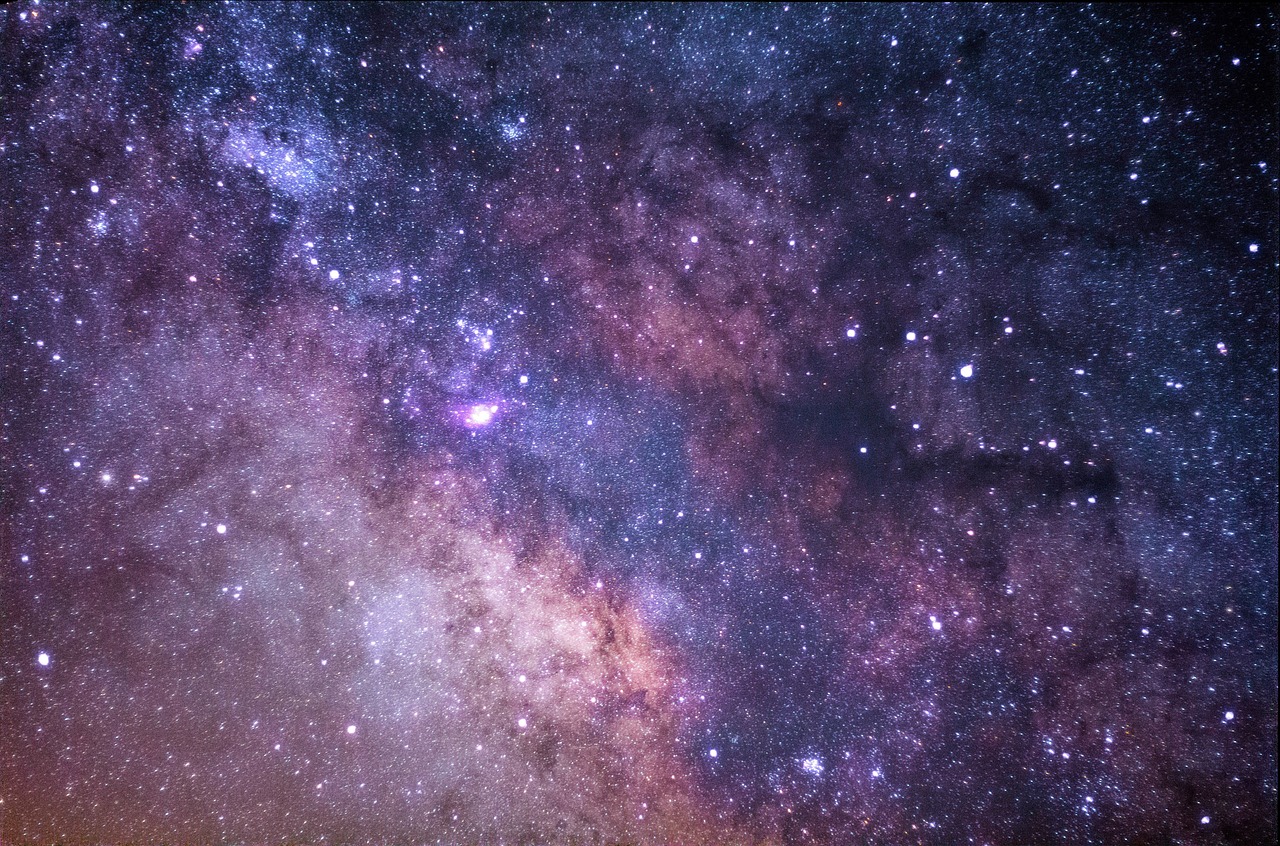Media release
From:
The discovery of six exoplanets orbiting around a nearby bright star, HD 110067 in the Coma Berenices constellation, is reported in Nature this week. The planets have radii between that of Earth and Neptune. Details of their orbits are calculated, along with estimates of their masses and densities, which offer clues about the formation of the system and compositions of the planets’ atmospheres.
Planets with radii between that of the Earth and Neptune (referred to as ‘sub-Neptunes’) are found in close-in orbits around more than half of all Sun-like stars, but details of their composition, formation and evolution are not well understood. HD 110067 is a bright star in the Coma Berenices constellation (around 100 light-years away), which is visible from Earth’s Northern Hemisphere.
Observations of HD 110067 made by NASA’s Transiting Exoplanet Survey Satellite (TESS) in 2020 and 2022 revealed several dips in the star’s brightness, and with additional observations from the ‘CHaracterising ExOPlanets Satellite’ (CHEOPS) the signals were interpreted as six planets passing in front of the star, report Rafael Luque and colleagues. By studying the three innermost planets, the authors calculated the orbits of all six planets, ranging from around 9 days for the innermost planet to around 54 days for the outermost planet. The authors calculate the masses of the planets and estimate the densities, which are relatively low; the authors suggest that the low densities could be explained by large, hydrogen-rich atmospheres. All six planets are in resonant orbits, in which the planets exert regular forces on each other as they orbit. This feature suggests that the system remains practically unchanged since its birth, at least four billion years ago.
HD 110067 is the brightest star found to host more than four transiting exoplanets to date, the authors note, and add that more planets may exist within or beyond the temperate zone, although such observations have not been made so far. They conclude that the HD 110067 system offers a chance to learn more about sub-Neptunes and how systems in this configuration might form.



 International
International


